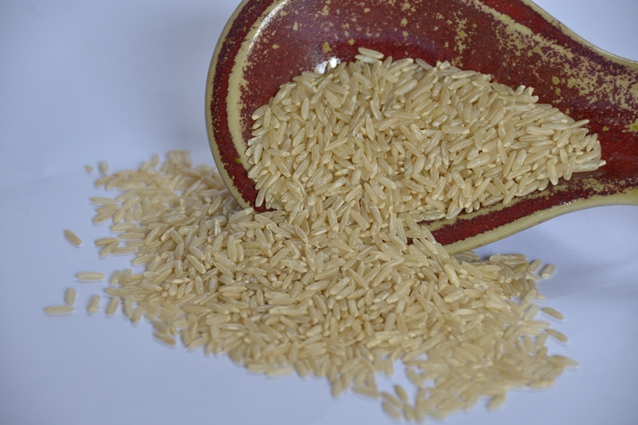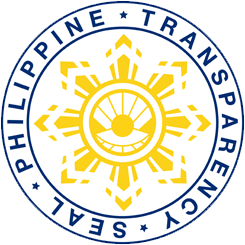 The country’s rice consumption may have slightly decreased, but rice wastage remains literally on the plate of millions of Filipinos.
The country’s rice consumption may have slightly decreased, but rice wastage remains literally on the plate of millions of Filipinos.
The Be RICEponsible Campaign of the Department of Agriculture-PhilRice has been urging rice consumers to watch their intake not only for better health, but also to prevent rice wastage. This was after the release of the 2016 report of the Philippine Statistics Authority citing an average individual wastage of around 335 grams from annual leftover.
The PSA report only accounted for the leftover on plates after eating and did not include those intentionally cooked and fed to house pets.
“We can see the figures in grams per person, but when combined, the daily rice wastage can feed more than 312,000 mouths per day. That’s a population of an average-sized municipality,” said Be RICEponsible Campaign director Myriam Layaoen.
The Food and Nutrition Research Institute data in 2008 indicated that the wasted rice in that year alone was equivalent to 12.2% of the country’s total rice imports amounting
to P7.27 billion. That could feed around 2.5 million Filipinos in a year.
Aside from promoting healthier rice consumption, the Be RICEponsible Campaign also encourages Filipinos to shoo away from wasting or spoiling rice whether they eat at home or dine out. It also promotes the eating of brown rice, mixing rice with other staples, and recognizing the hardships of the farmers by thanking them.
Local government units (LGU) have been supportive in promoting better health among rice consumers. Some 42 LGUs are now implementing an ordinance requiring food establishments to make half-serving of rice available to customers. This way, they can order what they can only consume, hence preventing wastage. Meanwhile, 8 LGUs have passed brown rice resolutions to encourage food establishments and government offices to serve brown rice.
“We ultimately want to positively change the mindsets of Filipinos on the way we eat our rice to promote health through our staple food while reducing wastage. Our nationwide drive necessitates partnership among the rice industry key players and of course, the consumers themselves. As we always say, we all have a role to play,” Layaoen explained.
The Be RICEponsible Campaign encourages participation of farmers as rice producers, policy makers to influence interventions on rice supply and demand, and the general public to manage consumption. It bears 4 key messages called 4Ks – KONTI-KONTING kanin muna para iwas-aksaya, KILALANIN at pasalamatan ang mga magsasaka, KAKAIBANG kanin naman, subukan ang rice mixes, and KUMAIN ng brown rice (Eat what you can consume to avoid wastage, appreciate and thank the farmers, try eating rice mixed with other staples, and eat brown rice).




